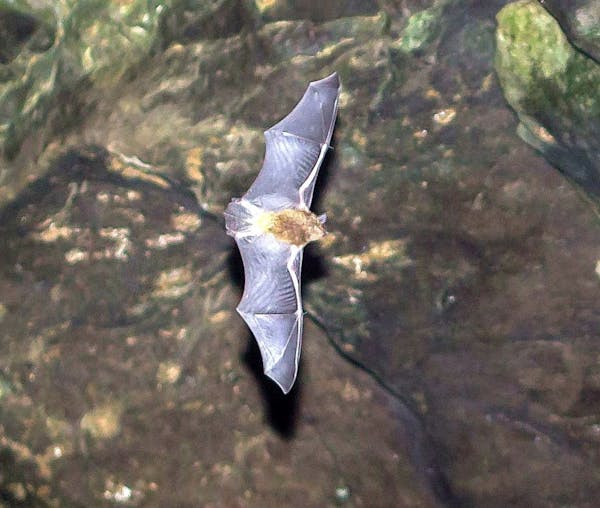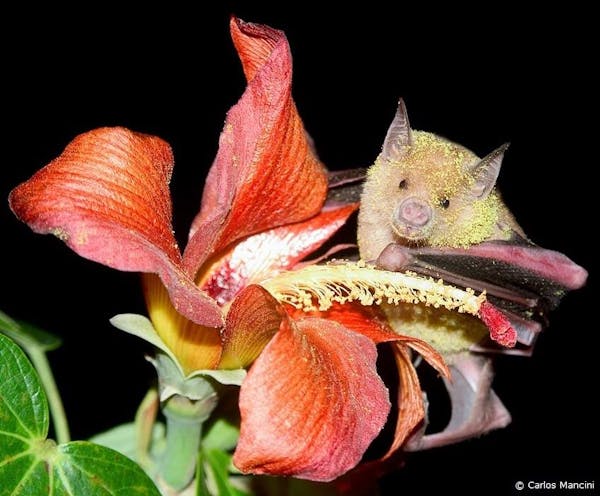It's a bird, it's a plane, it's the Pemba flying fox!
- Nature Conservation
- Land Conservation
- Iconic Species
- Wildlife
- Mammals
- Pollinators
- Madagascar & East African Coast
- Afrotropics Realm
One Earth’s “Species of the Week” series highlights an iconic species that represents the unique biogeography of each of the 185 bioregions of the Earth.
One-quarter of the world’s mammals are bats, and they are found everywhere on Earth except the Arctic.
Off the coast of East Africa, on the tropical island of Pemba, is one specific species of bat known for its massive size, charming face, and comeback story, the Pemba flying fox (Pteropus voeltzkowi).

Pemba flying foxes (Pteropus voeltzkowi) are the iconic species of the East African Coastal Forests bioregion (AT7), located in the Madagascar & Eastern Afrotropics subrealm of the Afrotropics realm.
The unique habitat of Pemba Island
The Pemba flying fox is only found on its namesake's island. It lives in large groups in forest trees and mangroves. Colonies of the Pemba flying fox roost during the day and emerge at dusk to forage for fruit, with their most popular meals consisting of figs and mangoes.
Physical characteristics and naming origins
With a wingspan of up to 1.6 meters (5 ft 3 in), the Pemba flying fox is part of the genus of megabats, the world's largest bats. Its name derives from its tawny fur that glistens orange in the sun, black ears, and face that resembles a fox.
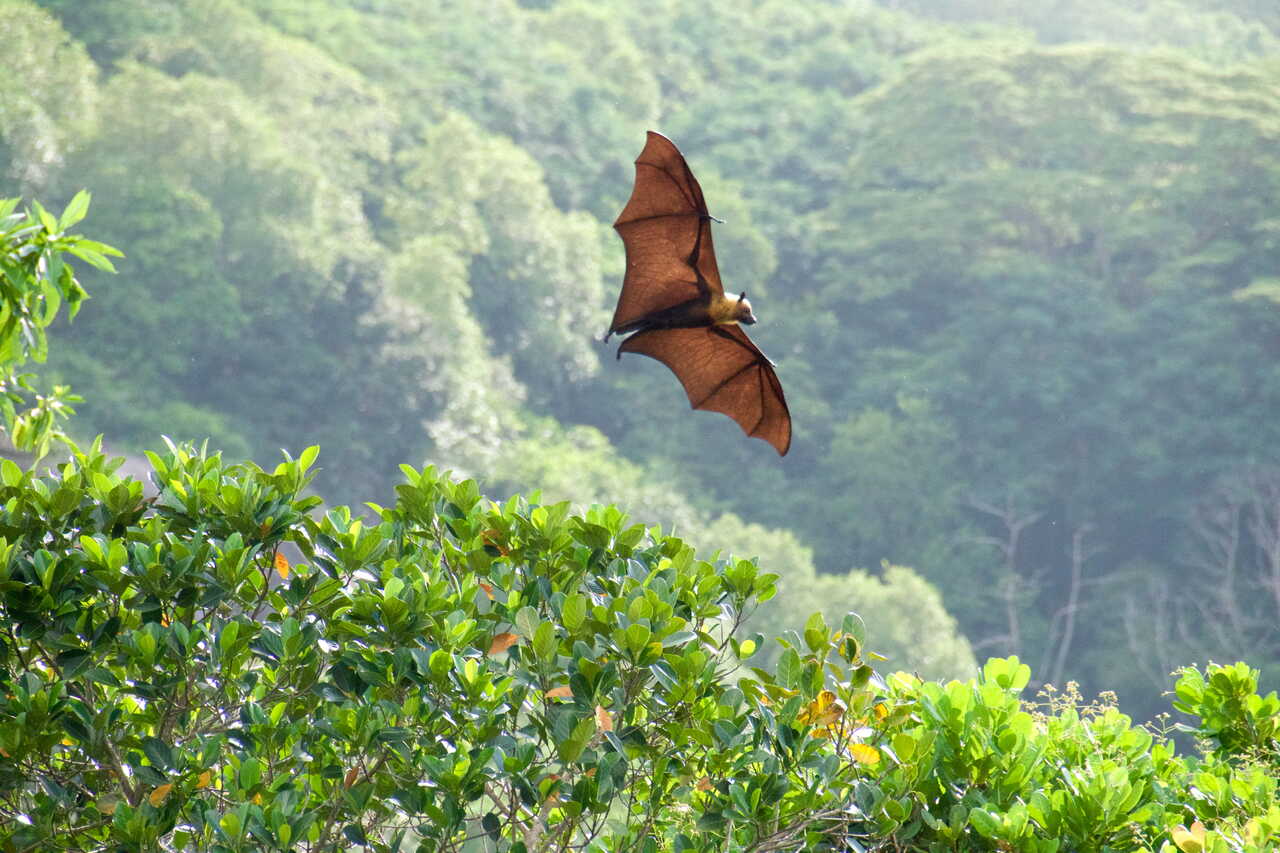
A Pemba flying fox midflight, showing off its massive wingspan. Image Credit: Anthropocene.
Diet and ecological role
Pemba flying foxes are essential pollinators in their tropical habitat. They consume fruit, leaves, flowers, and nectar, and the seeds that go through their system and the pollen that sticks to their fur help to disperse plant life across the island.
Sensory abilities and social behaviors
Contrary to most bat species, Pemba flying foxes have excellent eyesight. Their eyes are large and positioned on the front of their heads, giving them binocular vision. Rather than for the use of echolocation, the chirps of all flying fox species are thought to be for each other, as they are highly social.
Pemba flying foxes also rely heavily on their sense of smell. With large olfactory bulbs to process scents, they smell to locate food, find their young, and for mating. Offspring are born between June and August and become independent several months later.
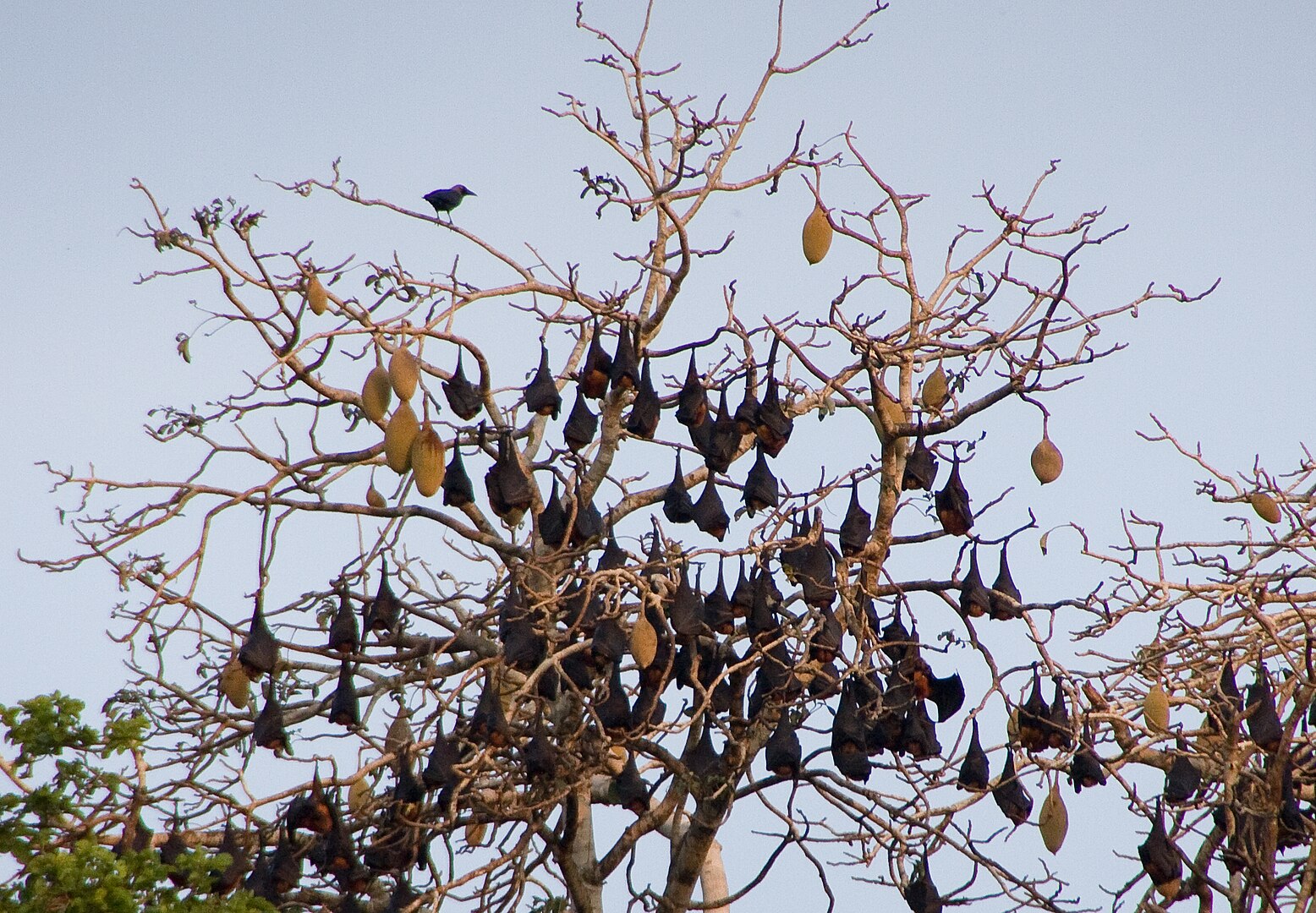
A colony of sleeping Pemba flying foxes in the Ngezi Reserve on Pemba Island in Tanzania. Image Credit: By Marcel Oosterwijk, Wiki Commons.
Conservation efforts and successes
In 1989, only a few individual bats of this species were left in the wild due to the popularity of the shotgun. Pemba flying foxes were considered a local delicacy, and previous hunting methods were more sustainable.
Today, thanks to conservation efforts, their numbers have soared, with an astounding 29,000 bats recorded in 2011 and island polls showing nearly 100% of locals expressing support for their continued conservation.
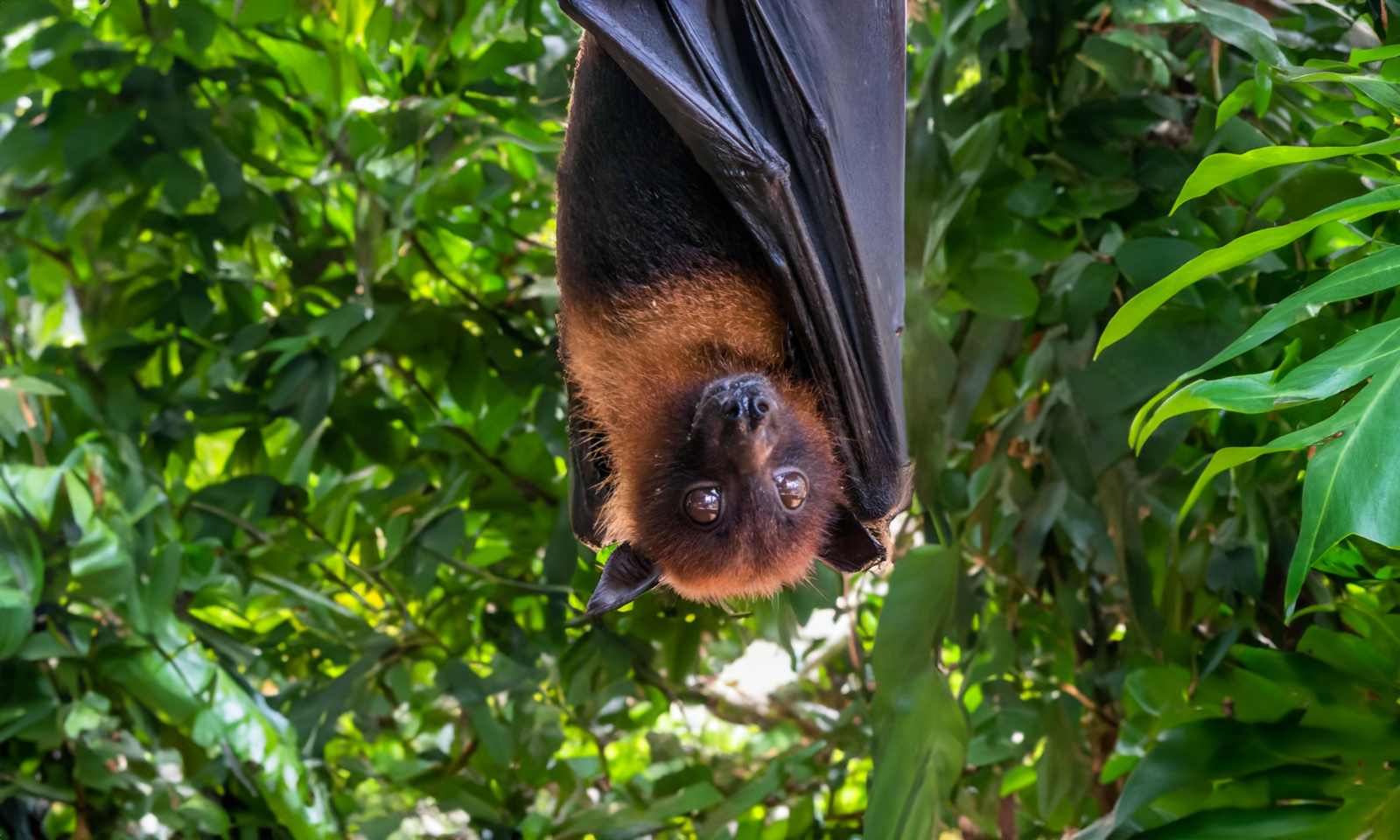
Community-led conservation efforts have brought back the Pemba flying fox from near extinction. Image Credit: By Wirestock from Getty Images via Canva Pro.
This remarkable recovery is due to a collaboration with Tanzania’s Department of Forestry and the conservation organization Fauna & Flora International (FFI), who created protected habitats and raised awareness.
Interested in learning more about the bioregions of Afrotropics? Use One Earth's interactive Navigator to explore bioregions around the world.
Launch Bioregion Navigator

